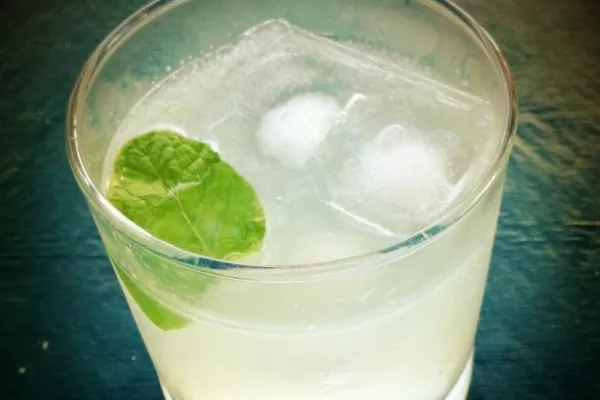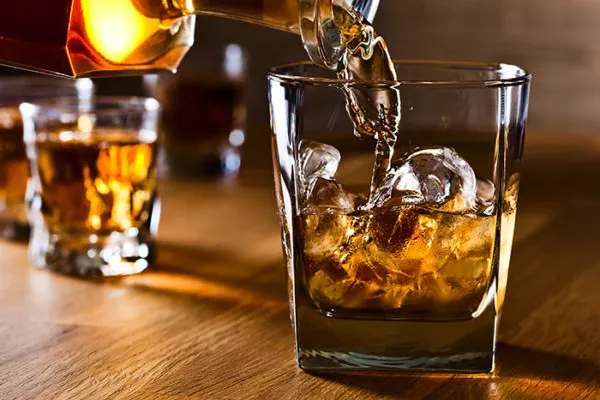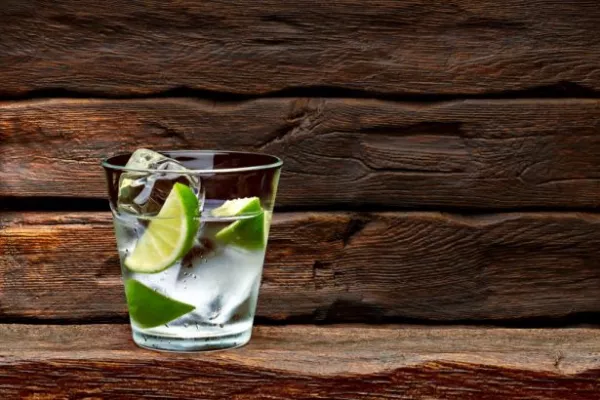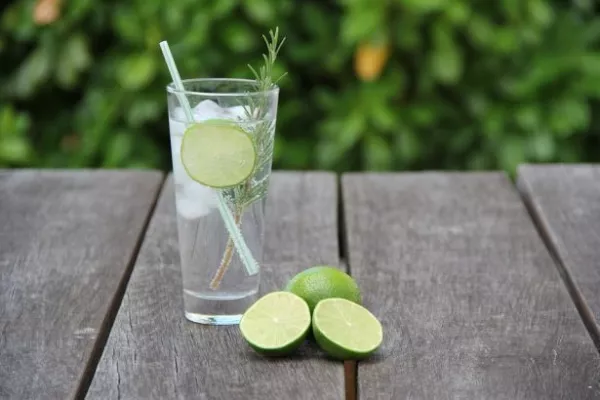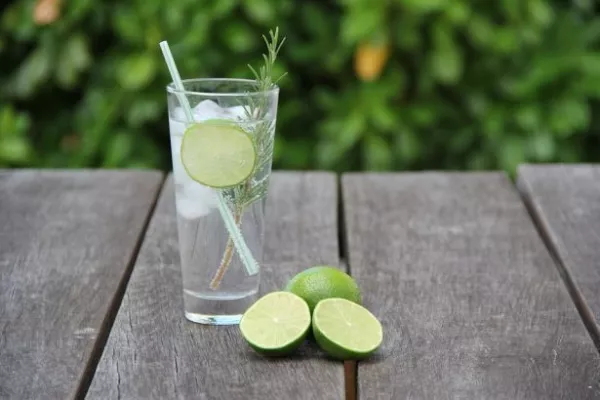For visitors to Singapore, a trip to the Long Bar at Raffles Hotel is a rite of passage, where you can perch on a padded stool and sip a cerise-colored Singapore Sling in the 130-year-old building named after the country’s founder.
But there’s a new kid in town. Atlas, housed in what locals affectionately call the “Batman Building,” due to its similarities to Gotham City’s Wayne Tower, bills itself as having the world’s largest collection of gin. Its owner, Vicky Hwang, thinks that after a five-month renovation and two years of planning, the 7,400 square foot Art Deco space will be able to rival Raffles thanks to an extensive menu of 1,011 bottles and counting.
The drinks menu at Atlas is currently a work in progress but already stretches to 60 pages, and that’s without tasting notes. (The bar hopes it will be finished in May.) Inside, you can find Ki No Bi Kyoto Dry Gin, produced at Japan’s first dedicated gin distillery in the south of Kyoto using Japanese botanicals such as sansho leaf, kinome sprout and yuzu peel. If you prefer more of a dry style, go for the Forest Dry Gin Quersus, a classic Belgian c aged in a former Montrachet white wine barrel that imparts notes of pear, lavender and baking spice.
Jason Williams, Atlas’s master of gin, describes the collection as “one of the world’s largest, most diverse and thoughtfully curated physical collections of quality gins.” They include Pollination Gin, which is made at the Dyfi Distillery in mid-Wales using botanicals foraged from the Unesco-recognized Dygi Biosphere Reserve. Another, called Gin La República - Andina, is a Bolivian gin distilled at 4,000 meters above sea level that uses Andean ingredients such as ulupica, huacataya, quirquiña and k’hoa.
One factor common to all the bottles in the collection is strength. Every one is at least 40% ABV, according to Williams. “Gin is better when it’s stronger. You get those botanicals like perfume.”
The best of the collection is displayed in the three-story-tall gin tower with carved wooden columns and glass shelving that serves as the centerpiece of the room.
In the venue’s previous incarnation, the tower was a wine refrigerator. When a customer selected a bottle from the upper reaches, a “wine angel” bartender would don a pair of wings before being whisked to the top with a pulley system, where she would pluck it from its shelf. “At the time, it was incredible. Twelve years later, it was a bit gimmicky,” said Hwang.
With a Little Help From Our FriendsGetting your hands on more than 1,000 of the world’s most distinctive gins isn’t easy. After drawing up an extensive inventory of the world’s best bottles, the tough part was sourcing them. While many distillers were happy to submit a bottle for the collection, others were harder to come by, so Atlas came up with a novel solution—employ a barren of gin “mules” (yes, the collective noun for mules is barren), friends and family around the globe, to bring them into the country.
“Whenever someone was coming to Singapore, if there was a bottle we needed, we would let them know, and they would buy the bottle and mule it back for us,” Hwang said. “We had all these gin mules all over the world.”
Sitting ComfortablyWhile sourcing the bar’s plush furnishings, Hwang flew to Spain so she could sit on a chair and and personally test whether its stuffing was comfortable enough for guests.
She jokingly describes herself as a “nightmare client” for design firm Hassell, who worked with Hwang throughout the refurbishment. “It got to the point where I would take a picture, I’d be like, I want this seat, and the carpet needs to be more like this.” The lobby makeover was a major overhaul, with just the walls and ceiling remaining intact.
Hwang won’t say how much it cost to renovate, or what the bar’s profit expectations are. She reveals only that the bar pays rent, like any other tenant. Diane Aw, head of retail services at Singapore real estate company Colliers International, estimates that the space would rent for about $74,000 (US$52,700) a month, taking into account location, its Art Deco grandeur, and the limited number of bar operators with the capacity to fit out such a space.
The Non-Gin OptionIf your idea of a good drink involves sipping on a glass of bubbly that spent 75 years on the seabed, you can do that at Atlas thanks to a selection of rare champagne bottles straight from the private collection of Hwang’s Uncle George.
Among them? Shipwreck champagne. The story goes that 4,400 bottles of 1907 Charles Heidsieck and Co. champagne were being transported to Russia’s Tsar Nicholas II when the Swedish freighter Jönköping was sunk by a German U-boat.
In 1997, salvage crews recovered some 2,000 bottles from the seabed, where the contents had been preserved at a perfect pressure by the dark, ice-cold water. “It’s actually the same champagne that they drank on the Titanic,” Hwang explains.
Grandfather’s Watching YouPropped up on a shelf behind the bar is the ever-watchful portrait of Hwang’s late grandfather, property magnate CS Hwang, founder of the Chyau Fwu Group. Today the family-run empire includes one of Hong Kong’s largest housing estates and developments in China and Europe.
Despite the modest size of the portrait, the late tycoon’s presence looms large in Parkview Square where Atlas is housed — it was his last major building project before his death in 2004, aged 78. His legacy was very much in the forefront of Vicky Hwang’s mind when it came to tearing up the original lobby bar. “They took all the furniture out, and then they started breaking the marble, and I literally had a panic attack,” Hwang recalls. “I was like, ‘Oh my god, that’s my grandfather’s marble. If I mess this up they’re all going to kill me.”
News by Bloomberg, edited by Hospitality Ireland
